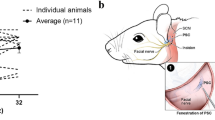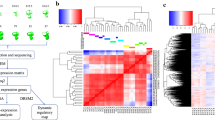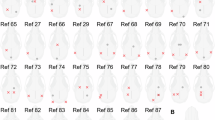Abstract
The spontaneous mutant circling mouse (cir/cir) shows a circling behavior and hearing loss. We produced transgenic mice overexpressing the causative gene, transmembrane inner ear (tmie), for the phenotypic rescue of the circling mouse. Through the continuous breeding with circling mice, the cir/cir homozygous mice carrying the transgene (cir/cir-tg) were produced. The rescued cir/cir -tg mice were able to swim in the water with proper orientation and did not show any circling behavior like wild type mice. Western blot and immunohistochemical analysis exhibited that the transgenic tmie was expressed in the inner ear. Inner and outer hair cells were recovered in the cochlea and spiral ganglion neurons were also recovered in the rescued mice. Auditory brainstem response (ABR) test demonstrated that the cir/cir -tg mice are able to respond to sound. This study demonstrates that tmie transgene can recover the hearing impairment and abnormal behavior in the circling mouse.
Similar content being viewed by others
Article PDF
Author information
Authors and Affiliations
Corresponding author
Rights and permissions
About this article
Cite this article
Shin, M., Lee, JH., Yu, D. et al. Introduction of Transmembrane Inner Ear (tmie) Gene Can Recover the Hearing Impairment and Abnormal Behavior in the Circling Mouse. Nat Prec (2008). https://doi.org/10.1038/npre.2008.2106.1
Received:
Accepted:
Published:
DOI: https://doi.org/10.1038/npre.2008.2106.1



